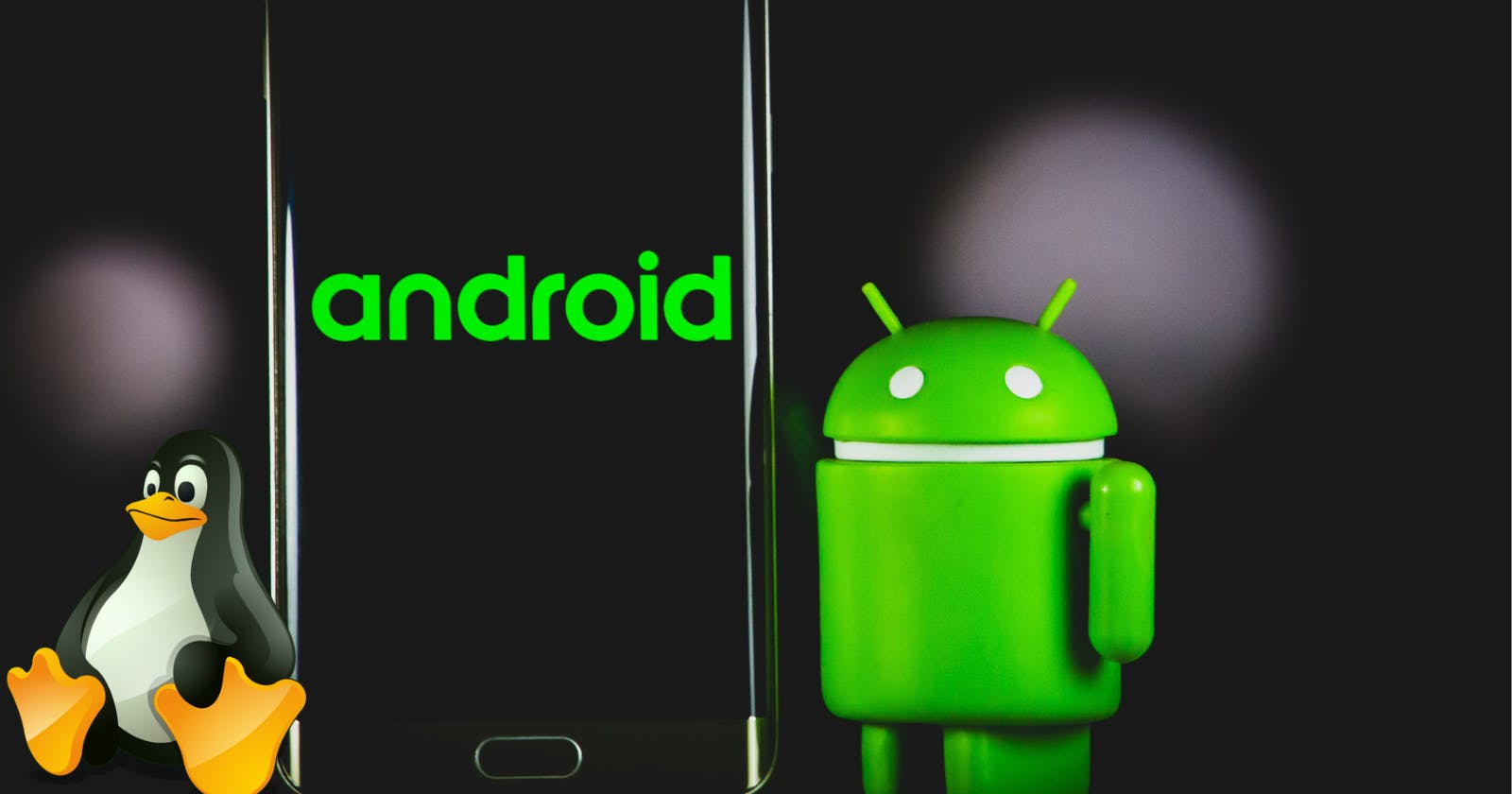Unlocking the Layers: How Android, Linux, and Your Smartphone Intertwine
From Unix Inspiration to Global Domination: The Dynamic History of Linux and Android
Quick Answer
Android uses Linux as its underlying operating system. Linux provides the foundation for the Android platform, handling core system functions such as memory management, process management, security, and device drivers. Android utilizes the Linux kernel to interact with hardware components, manage processes, and provide a secure environment for running applications. In simple terms, Android relies on Linux to handle the low-level system operations, while the Android framework and user interface layers build on top of it to provide a complete mobile operating system experience.
History of Linux
Linux, developed by Linus Torvalds in 1991, is an open-source operating system that has revolutionized the digital landscape. It started as a personal project inspired by Unix, aiming to provide a free and flexible operating system. Linux's success is driven by its collaborative nature, with a vibrant community of developers worldwide contributing to its development and improvement. It gained popularity in the server market due to its stability, scalability, and security, leading to extensive adoption in data centers and web hosting environments. Linux also found its way into the mobile and embedded systems with the advent of Android, an open-source mobile operating system built on the Linux kernel.
Today, Linux powers a wide range of devices, offering advantages such as openness, stability, flexibility, portability, and cost-effectiveness. The history of Linux showcases the power of collaboration and innovation, making it a dominant force in the computing world. The documentary (The Code) provides a captivating visual exploration of Linux's journey, highlighting its impact on technology.
The Code: Story of Linux documentary (Multilingual)
How Android Started
Android was founded in 2003 by Andy Rubin, Rich Miner, Nick Sears, and Chris White as a startup company that aimed to develop an operating system for digital cameras. However, the founders soon realized that the digital camera market was too small, and they shifted their focus to the mobile phone market. In 2005, Google acquired Android Inc., and the founding team began working on developing a mobile operating system based on Linux.
The Android operating system was officially announced in 2007, and the first commercial Android phone, the HTC Dream, was released in 2008. Since then, Android has grown to become the most popular mobile operating system globally, powering billions of devices across the world. Android's success is due to its open-source nature, which has allowed it to become highly customizable and adaptable to different hardware configurations. Additionally, Android's integration with Google's suite of services has made it a popular choice for users who rely on Google's ecosystem.
Android's use of Linux as its underlying operating system has been a key factor in its success. Linux's robustness, flexibility, and security have made it an ideal choice for mobile devices, and Android has been able to build upon Linux's core capabilities to create a powerful and versatile mobile operating system. Today, Android continues to evolve and improve, with new features and updates being released regularly to enhance the user experience and keep pace with the latest technological advancements.
How Google Owns Android
Google acquired Android Inc. in 2005, which was the company responsible for developing the Android operating system. After acquiring the company, Google continued to develop and improve the operating system, eventually releasing it to the public in 2008. Since then, Google has remained the primary owner of Android, leading the development of new features and updates and overseeing the direction of the platform. While Android is open-source, meaning that anyone can contribute to its development and create their own versions of the operating system, Google maintains control over the core functionality and features of the platform. Additionally, Google's suite of services, such as the Google Play Store and Google Maps, are tightly integrated into the Android operating system, making it a critical part of Google's overall strategy.
How companies such as Xiaomi, Samsung, Vivo uses Android
Companies such as Xiaomi, Samsung, and Vivo use the Android operating system as the foundation for their mobile devices. They customize Android by adding their own user interface layer, pre-installing their own apps, and modifying certain aspects of the operating system to suit their specific needs. For example, Samsung's One UI interface layer is designed to simplify the user experience and make it easier to navigate the device's features. Xiaomi's MIUI interface layer offers extensive customization options and additional features such as a built-in theme store. Vivo's Funtouch OS interface layer is focused on providing a sleek and intuitive user experience. These customizations allow manufacturers to differentiate their devices from competitors and create a unique user experience. However, these customizations can also lead to delays in receiving Android updates and can make it more difficult for users to switch between devices from different manufacturers.
